46 candidates have been voted in to form the inaugural South Australian First Nations Voice to Parliament
The successful candidates for the inaugural South Australian First Nations Voice have been declared. Here’s the full list of representatives and what it all means.
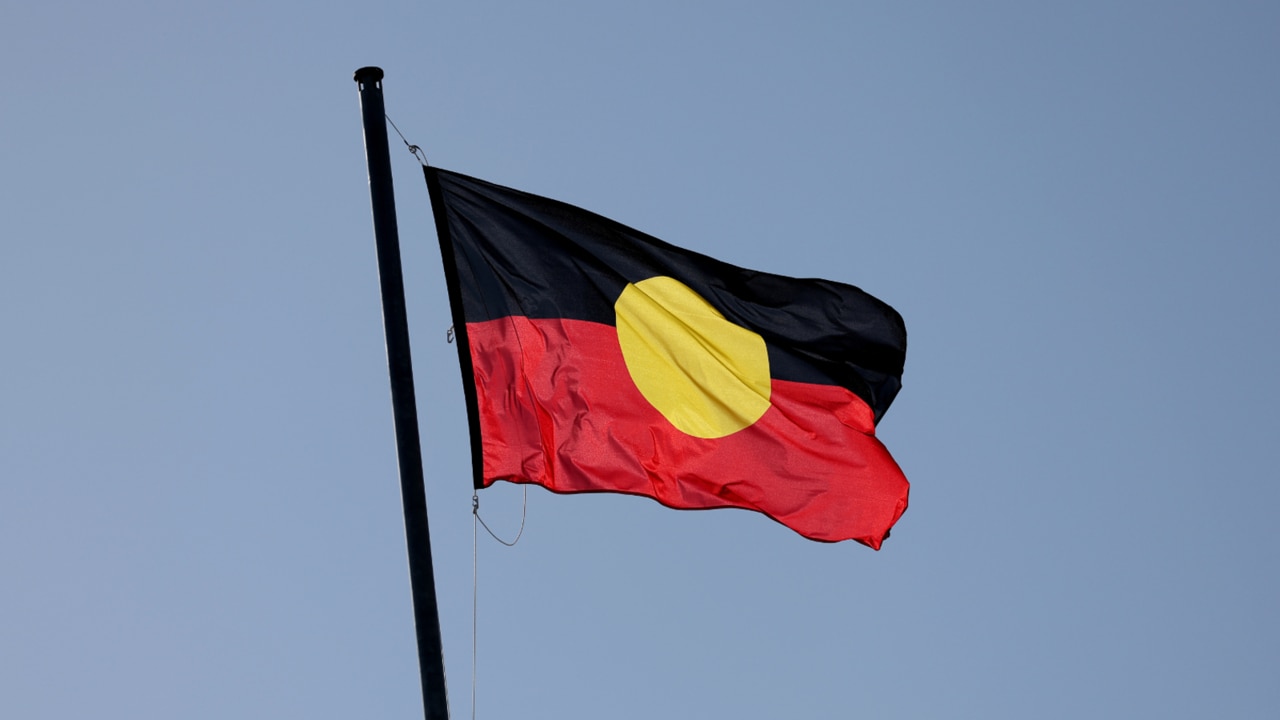
The votes have been counted and 46 elected representatives have been chosen by the state’s Aboriginal and Torres Strait Islander communities who voted in the inaugural South Australian First Nations Voice to Parliament.
The SA Voice will be made up of six Local First Nations Voices, which will be divided into six regions across the state.
Successful candidates from each Local Voice will now have to nominate two of their own members to go forward and make up the 12-member State First Nations Voice.
The Advertiser’s Indigenous Affairs Reporter Douglas Smith explains and breaks down what the SA Voice looks like and how it will function.
MEET THE SUCCESSFUL CANDIDATES
Region 1 — Central (11 representatives)
The Central region covers the entirety of Adelaide and the Adelaide Hills.
The elected candidates are Major ‘Moogy’ Sumner, Douglas Clinch, Robert Leidig, Tony Wayne Minniecon, Scott Wilson, Susan Dixon, April Lawrie, Tahlia L Wanganeen, Deb Moyle, Rosalind Coleman and Cheryl Axleby.
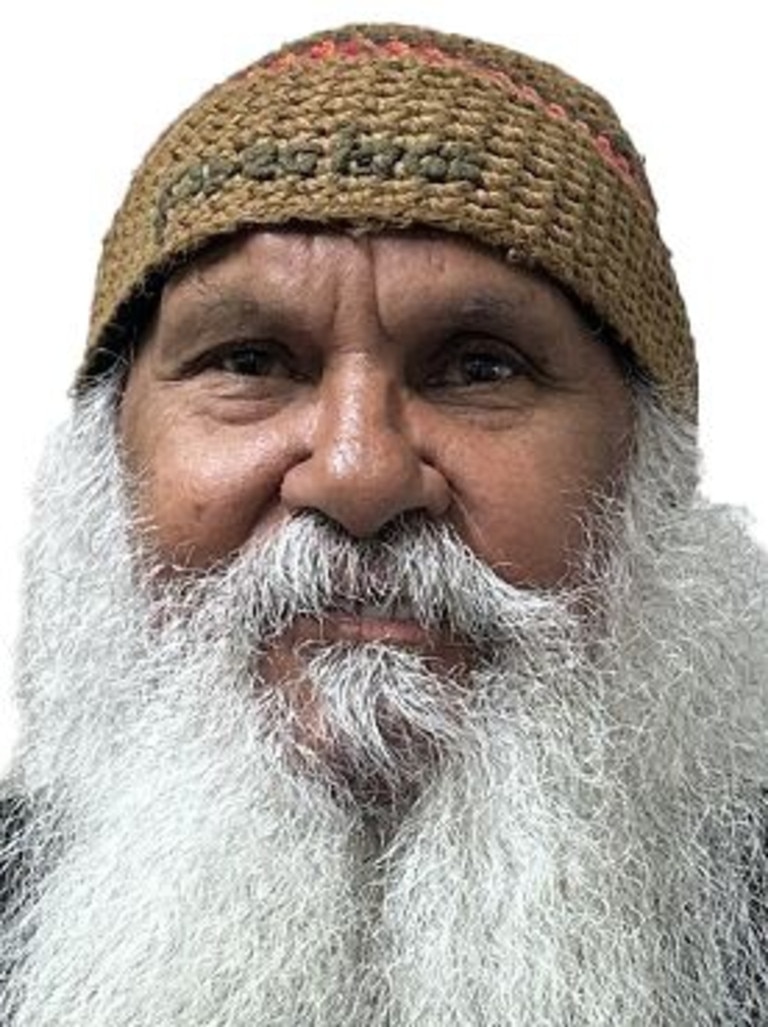
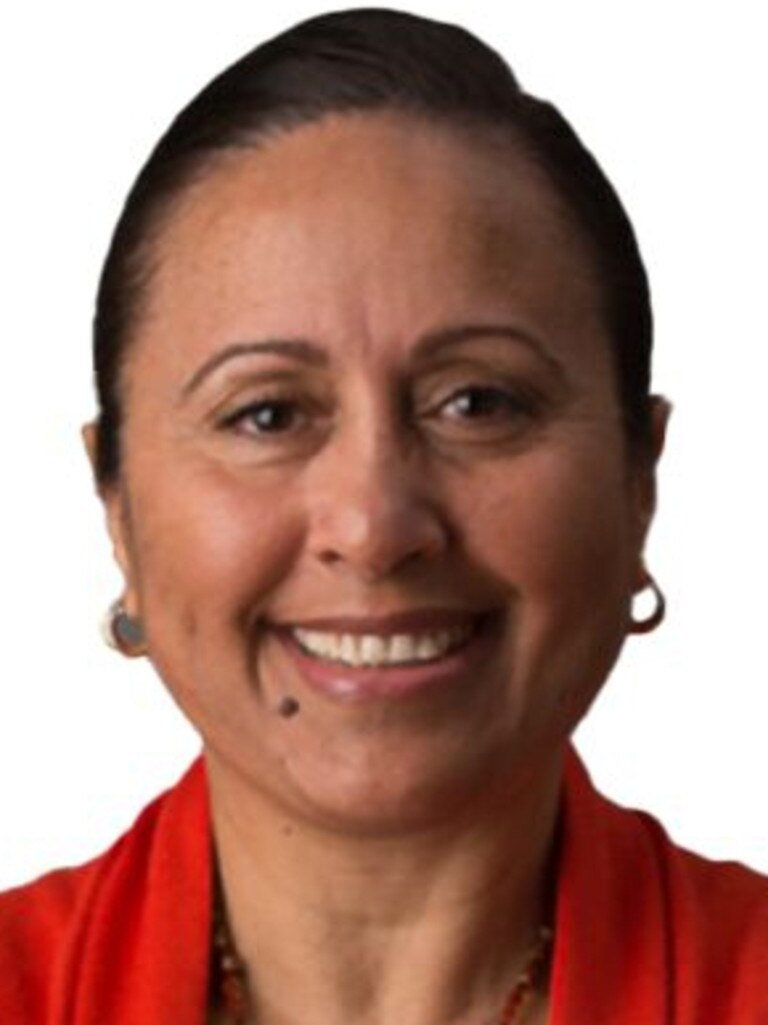
Region 2 — Far North (7 representatives)
The Far North region covers regional and remote centres, including Woomera, Roxby Downs, Maree, Coober Pedy, Oodnadatta and the entire Anangu Pitjantjatjara Yankunytjatjara Lands (APY Lands).
The elected candidates are Mark Campbell, Johnathon Lyons, Christopher Dodd, Melissa Thompson, Dharma Ducasse-Singer, Dawn Brown and Donald Fraser.
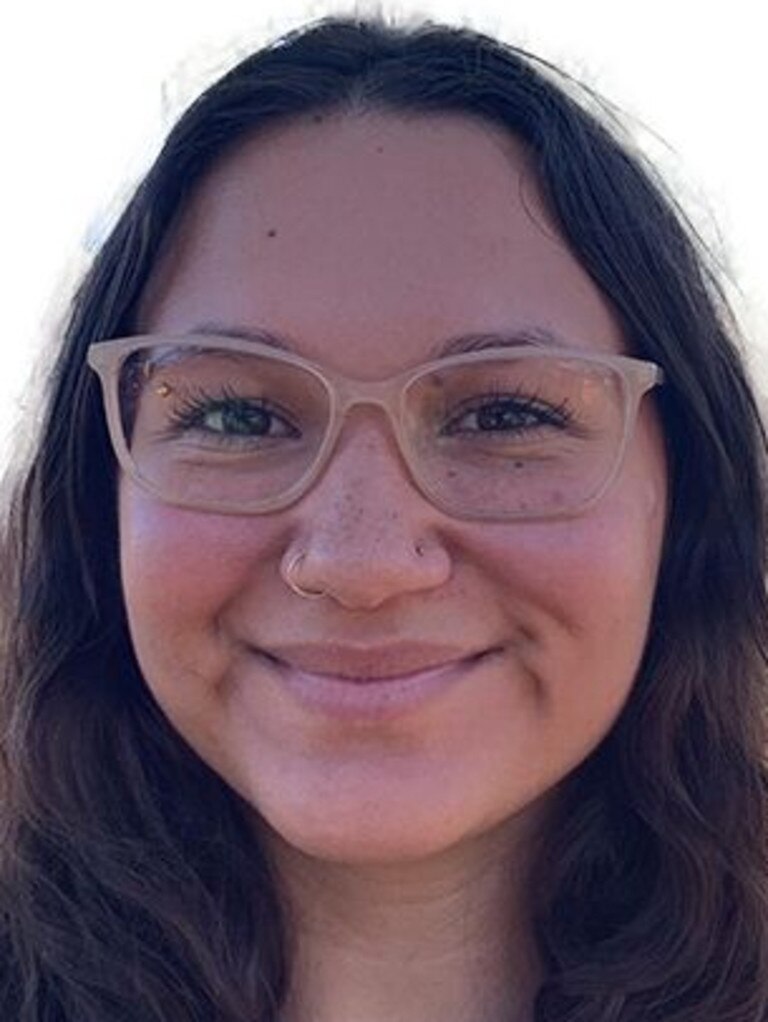
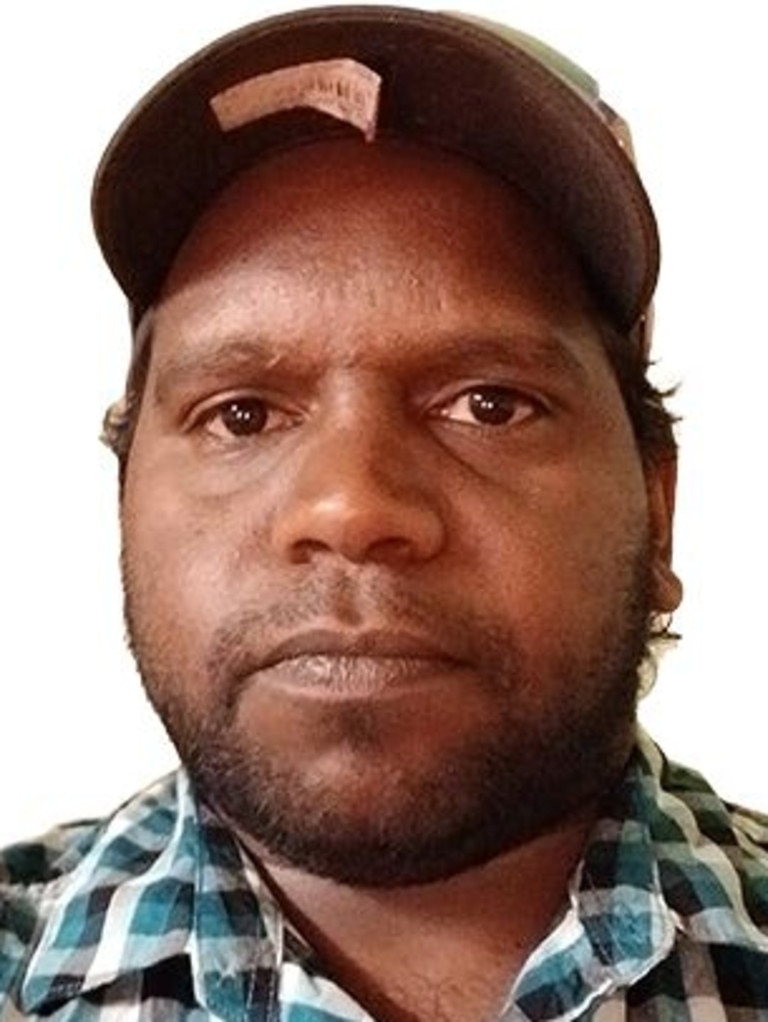
Region 3 — Flinders and Upper North (7 representatives)
The Flinders and Upper North region covers regional and remote centres, including Whyalla, Port Augusta, Wilpena, Copley, Leigh Creek, Nepabunna and Arkaroola.
The elected candidates are Charles Jackson, Rob Singleton, Ralph Coulthard, Lavene Ngatokorua, Kerri Coulthard, Candace Champion, Tj Thomas.
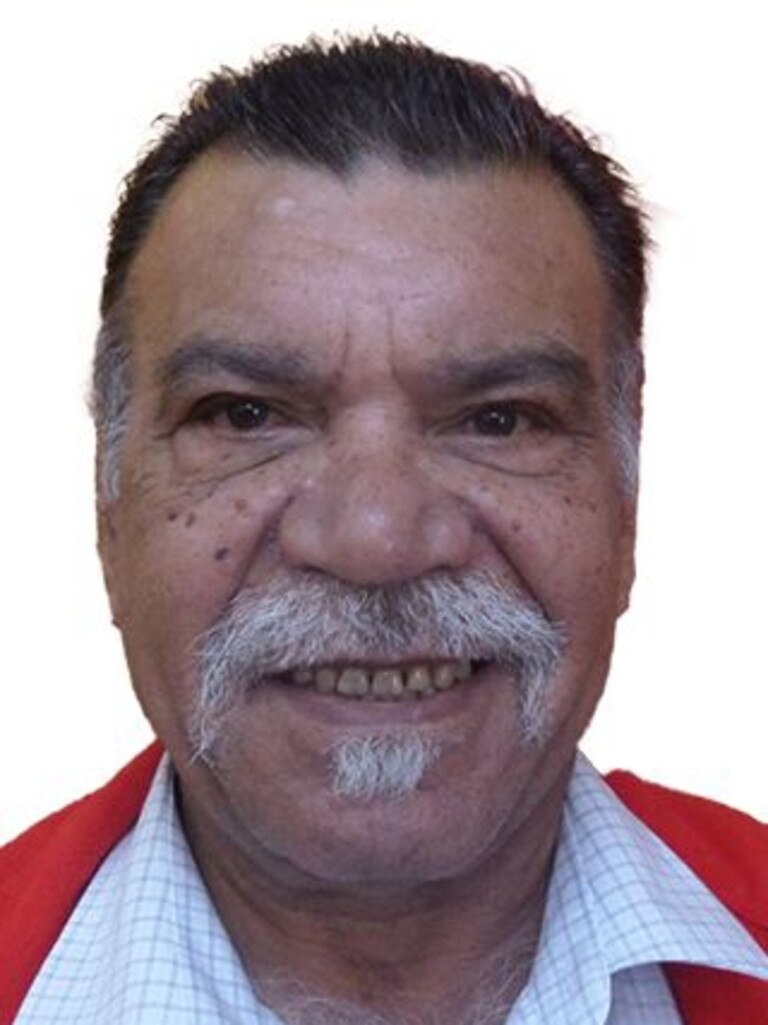

Region 4 — Riverland and South-East (7 representatives)
The Riverland and South-East region covers regional and remote centres, including Kangaroo Island, Yankalilla, Victor Harbor, Murray Bridge, Mannum, Waikerie, Berri, Loxton, Renmark, Pinnaroo, Bordertown, Naracoorte, Penola and Mount Gambier.
The elected candidates are Rob Wright, Tim Hartman, Darryle Barnes, Danni Smith, Eunice Aston, Sheryl Giles and Lisa Rigney.
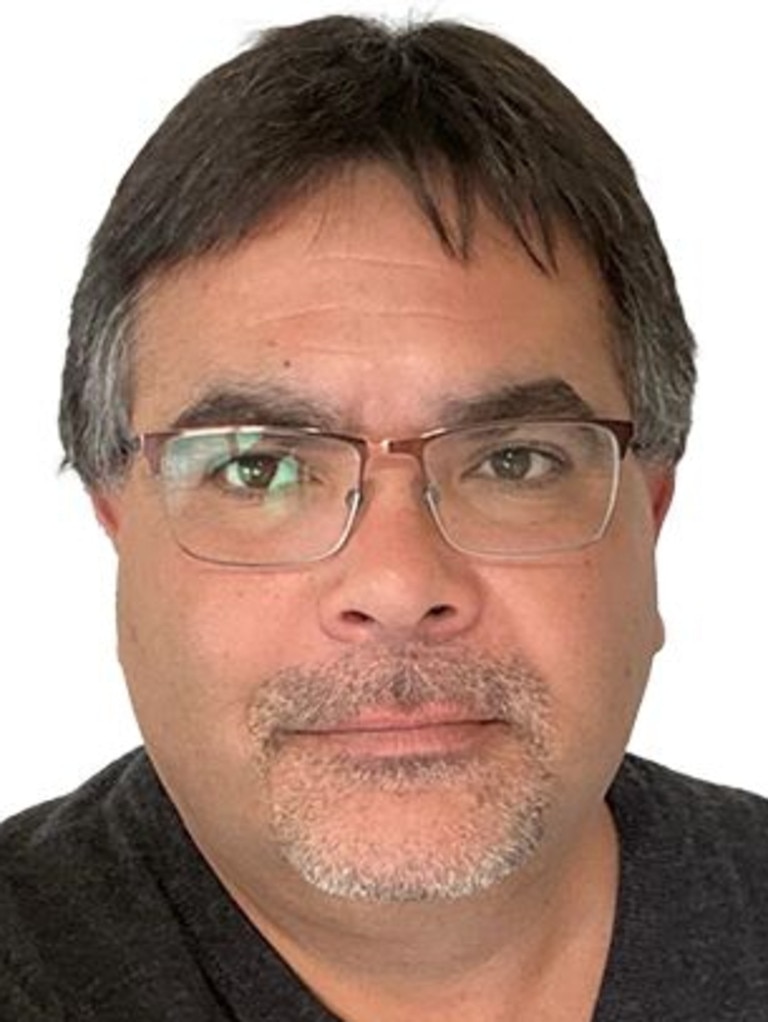

Region 5 — West and West Coast (7 representatives)
The West and West Coast region covers regional and remote centres, including Kimba, Cowell, Port Lincoln, Streaky Bay, Ceduna, Penong, Yalata, Oak Valley and the entire Maralinga Lands.
The elected candidates are Jack Johncock, Duane Edwards, Leeroy Bilney, Lorraine Haseldine, Cecelia Cox, Rebecca Miller and Keenan Smith.
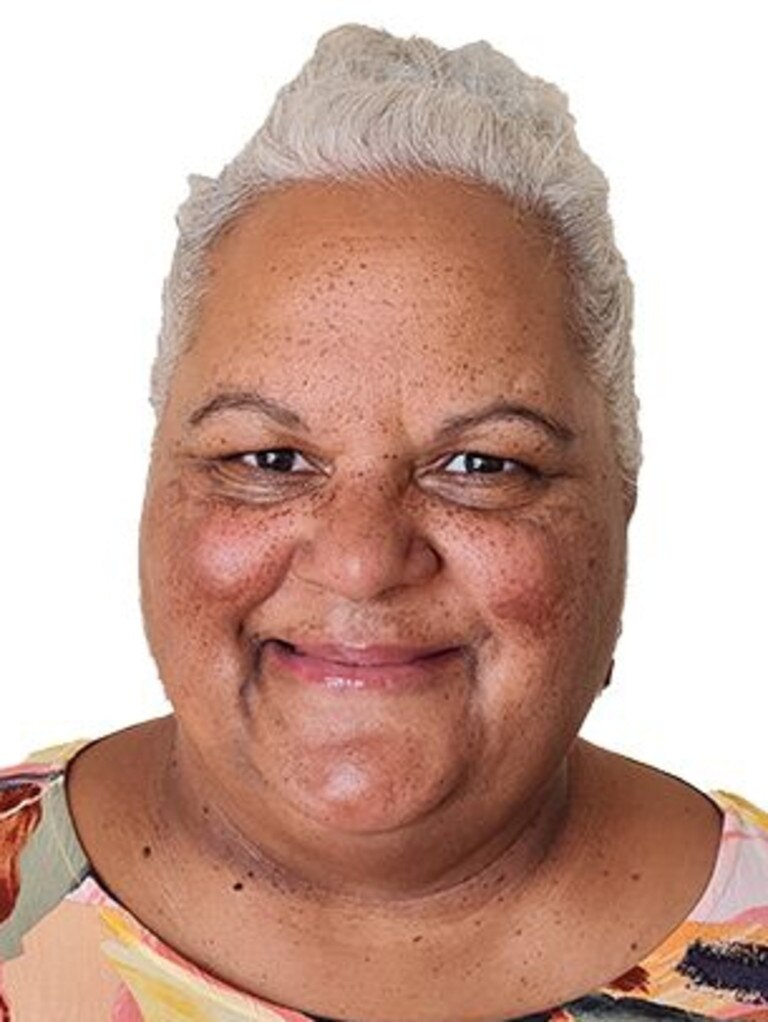

Region 6 — Yorke and Mid-North (7 representatives)
The Yorke and Mid-North region covers regional and remote centres including the entire Yorke Peninsula, Port Wakefield, Wallaroo, Port Broughton, Port Pirie, Port Germein, Jamestown, Peterborough, Clare, and Yunta and Cockburn near the South Australia and New South Wales border.
The elected candidates are Raymond Wanganeen, Doug Milera, Quentin Agius, Joy Makepeace, Kaylene O’Loughlin, Denise Wanganeen and Eddie Newchurch.
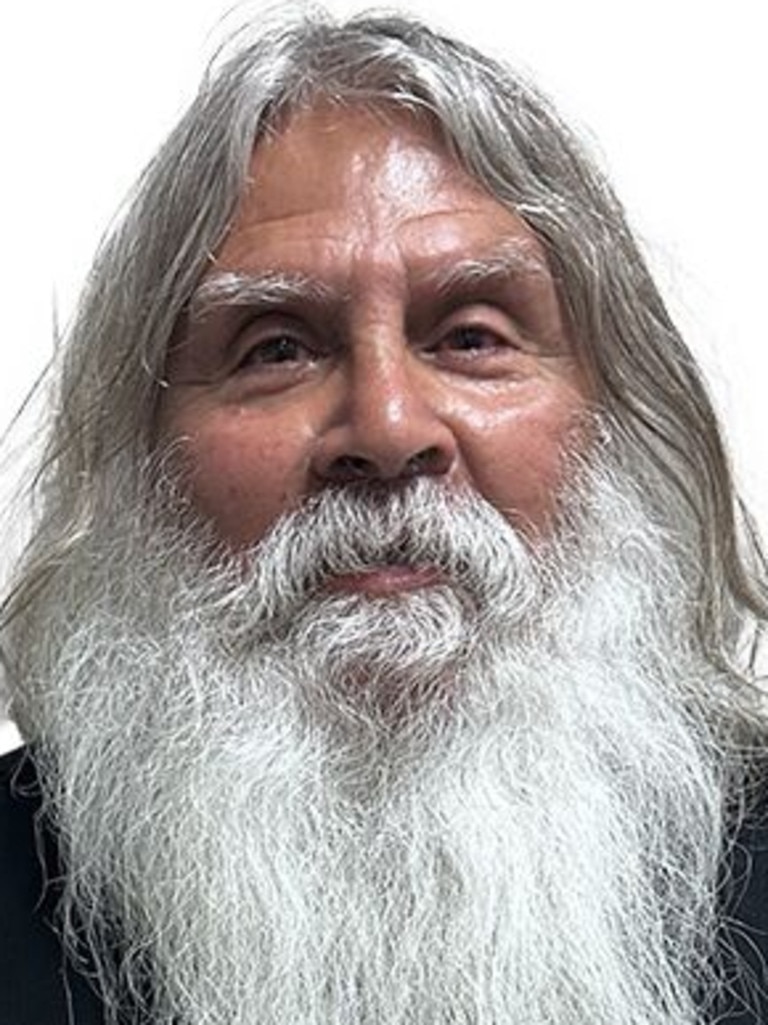
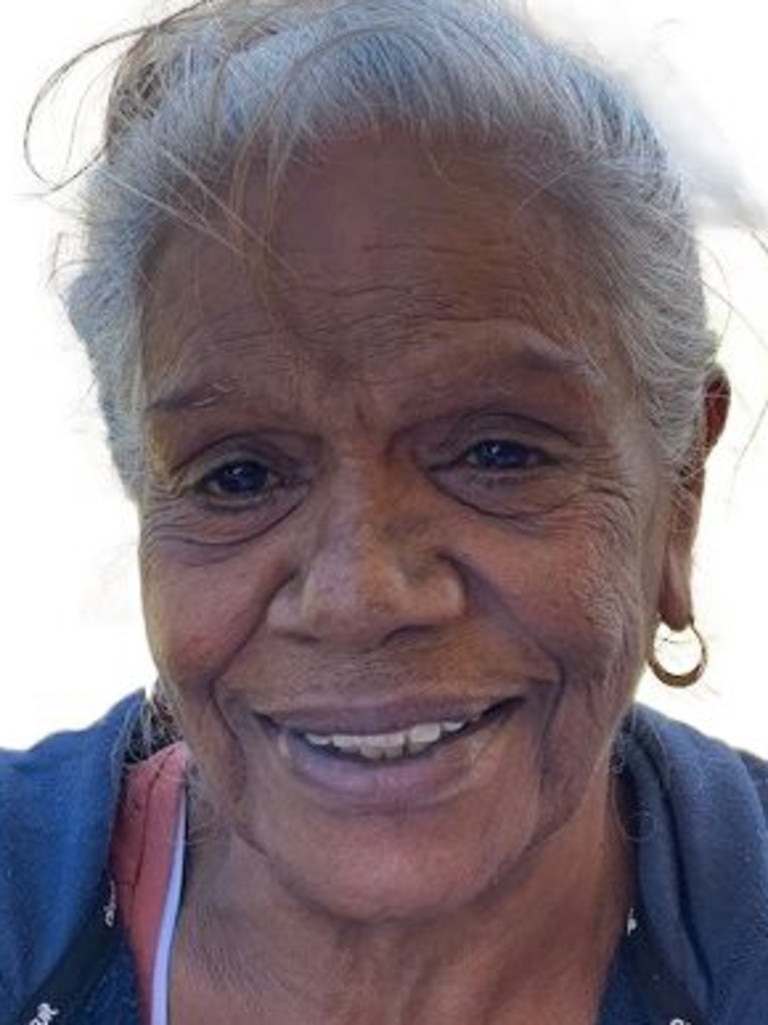
What is the SA First Nations Voice?
The SA Voice is a body of 46 elected representatives who provide advice on laws, policies, and programs through a direct line of communication from grassroots communities, to the key decision-makers in the state government.
It will have a practical approach to helping Indigenous communities across the state, by engaging with and hearing the views from community members at the grassroots level.
In a practical and traditional sense, it will work as a message stick, relaying the voices of Indigenous people from remote, regional and metropolitan SA, to the state parliament and executive government.
What powers does the SA Voice have?
The SA Voice is an advisory-only body and will have no veto powers. There has been much confusion from the general public about what powers the SA Voice will have and how it will interact with the parliament and executive government.
In a nutshell, the SA Voice is an advisory-only body and will have no veto powers to hold up or oppose legislation.
Its only function will be to provide advice on laws, policies and programs, where it feels a decision in parliament might have an impact on Indigenous communities.
Although it can advise on any piece of legislation going through the parliament, its intended purpose is to advise on matters that will have an impact on Indigenous communities.
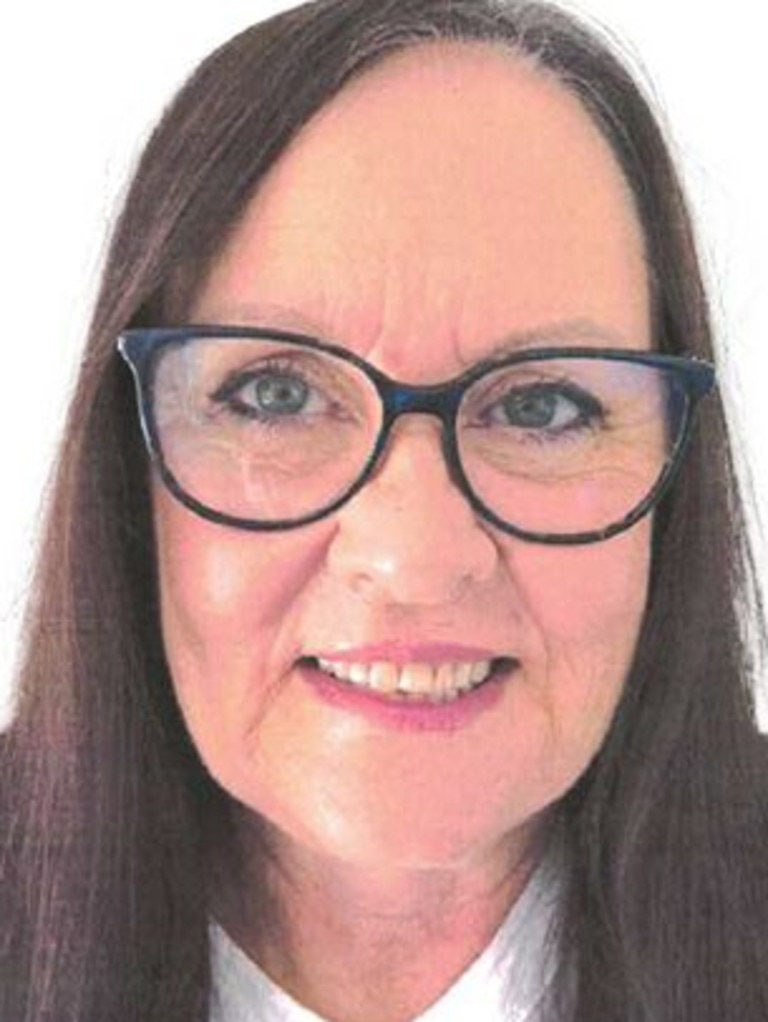
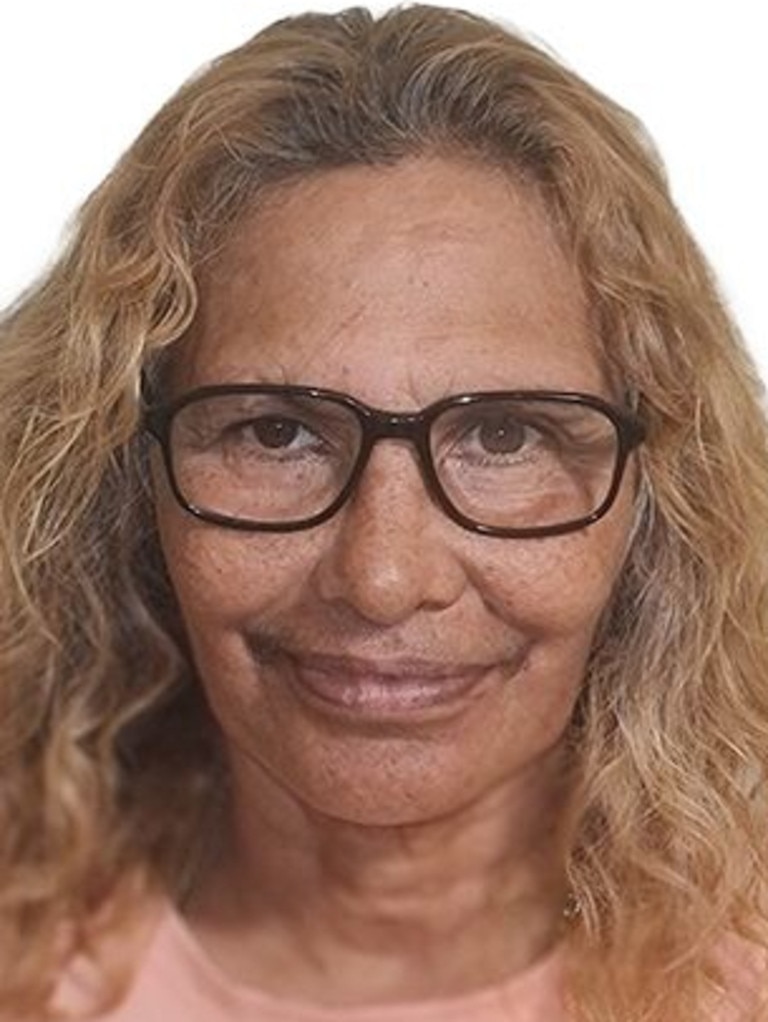
When did the SA come about?
The SA Voice was a key election commitment from the Malinauskas Labor government in the lead up to the 2022 state election before it defeated the Marshall Liberal government. However, the modern concept of the SA Voice comes from the 2017 Uluru Statement from the Heart, when the largest consensus of Indigenous people from across the country descended on Uluru and proposed constitutional recognition in the form of a national Voice to the federal parliament.
There is a very big difference between a federal Voice to Parliament and the SA Voice to Parliament.
The SA Voice was legislated by the Malinauskas government in March 2023, and was the state-based version of the Uluru Statement from the Heart.
While the federal Voice to Parliament was proposed to alter the constitution of Australia to give Indigenous communities nationally, a direct line to the federal parliament.
However, it was voted down by the Australian public in a national referendum in October 2023.
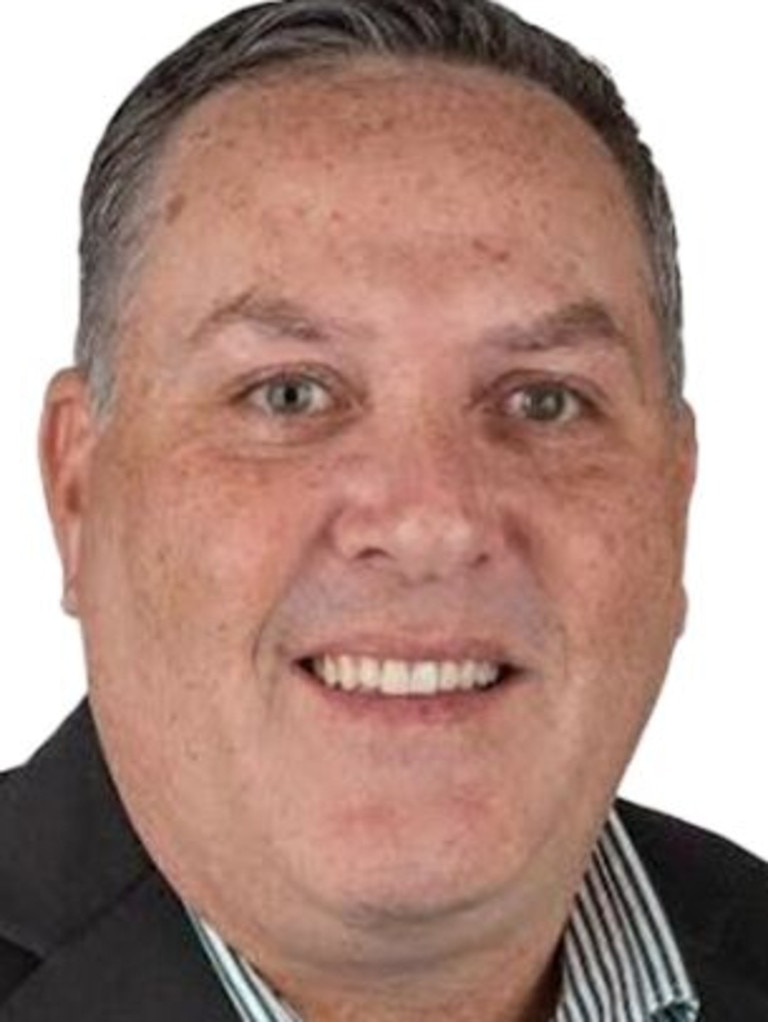

Why is there a need for a First Nations Voice to Parliament?
According to the Attorney-General’s Department, the intended purpose of the SA Voice is to ensure that the state government makes more informed and inclusive decisions when it comes to matters that affect Indigenous people in SA.
Historically, policies and laws that have passed in parliament have negatively impacted upon Indigenous people, as decisions made by governments for Indigenous people, rather than with Indigenous people, or by Indigenous people.
Ultimately, the SA Voice is centred on self-determination and empowering Indigenous communities to have more autonomy over their own lives and state of affairs.
How will it be structured?
The six regions will be covered by six Local First Nations Voices across the state. Each region will function as its own electorate, with an even number of representatives in each individual region.





